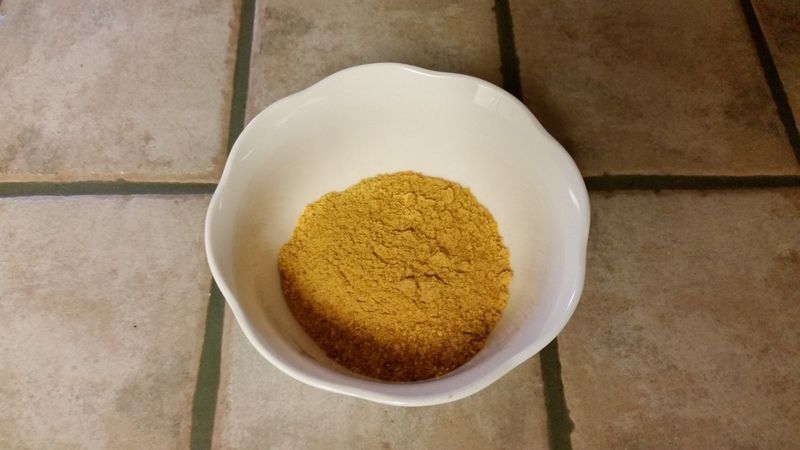By the time that Columbus sailed to North America, there were 5 general/distinct types of corn/maize in cultivation. These are flint corn, dent corn, flour corn, sweet corn and pop corn. Regional climatic tolerances played a major role in type, location and yield. While pop corn seems to be in the flint corn (very hard starch) group, true parching corn is in the flour corn group, much more tolerant of heat and drought. At the milk stage, parching/flour corn is as sweet as sweet corn but that matures off quite quickly. Mature, ripe and dry, flour corn mills easily for corn products like tortillas and tamales. And, it pops. Not so much as pop corn but it does pop.
If you ever get any of the multicolor, decorative cobs of "Indian" corn in the autumn, they are likely flour corn. For me, parching is a nearly dry-heating process to burst the kernels of flour corn. We just rub one cob against another and the dry kernels are shed into a large bowl (in theory). In practice, they go everywhere. Come October, I'll buy a few and dry-roast the seeds in an iron fry pan with an aluminum foil lid.
I think that "ateallthepies" got the right kind = they ought to be very easy to smash with the tap of a hammer = flour corn.
The seed tops may be smooth and round, lots of flour corn has a dent in the top, shrinkage in drying against the soft starch inside.
You might as well plants some of it to see if it's viable seed. Should be. . . . . . any sheltered, very warm spot is what flour corn needs.

